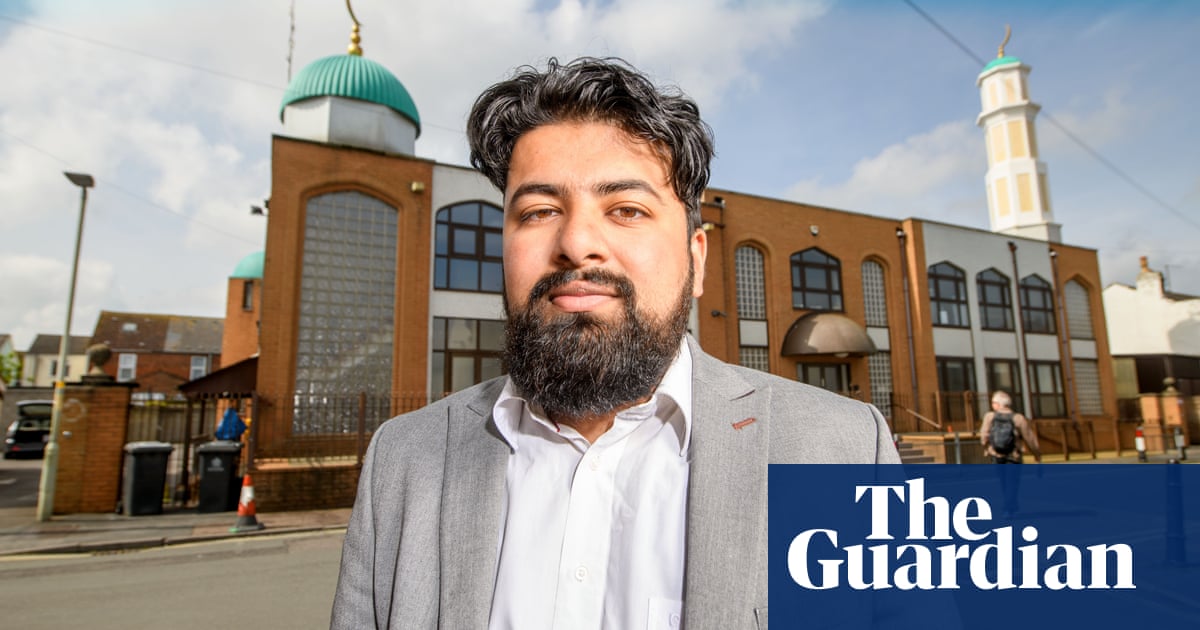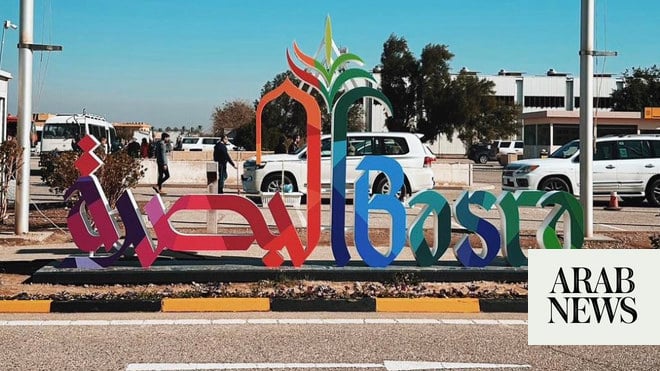
DUBAI: “If you continue practicing calligraphy in its traditional scripts, that’s a limitation by itself,” Iraqi artist Wissam Shawkat told Arab News while explaining the need to master the craft and then innovate to push Arabic calligraphy into the future.
“I mean I am not against learning traditional scripts. I’ve been doing calligraphy for almost 35 years, but I arrived to a point that if you continue like doing only traditional scripts at the end you are just copying what"s been done 100 years ago,” Shawkat, who is based in Dubai, explained.
The artist’s passion for calligraphy started in 1984, when his art teacher decided to, for a day, teach them the skill instead of drawing, he said. “So, he held the chalk on the side and wrote four letters of Ruqa’a style, which is (a) very basic style in calligraphy, but as a kid this has a very big impact on me,” Shawkat said. It was then Shawkat learned to appreciate the beauty of the Arabic letter — “aalligraphy became an obsession,” he said.
After training as a civil engineer, Shawkat decide to switch careers and dived into life as a calligraphy artists. And he achieved fame along the way, having worked with the likes of Tiffany & Co. and Hermes.
“Usually, the traditional way of learning calligraphy comes with the relationship of the master and the student. You have like a master, you study with him, (and) he guides you in certain forms.” But as a child, Shawkat did not have the “luxury” of having an educator. So, according to him, he had to depend on himself to learn the ins and outs of the notoriously laborious and strict art form.
In 2014, Shawkat broke the mold by creating his own calligraphy style, Al Wissam, which references a number of traditional scripts, including Sunbuli, Jali Diwani, Eastern Kufic and Thuluth.












